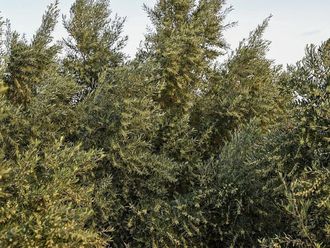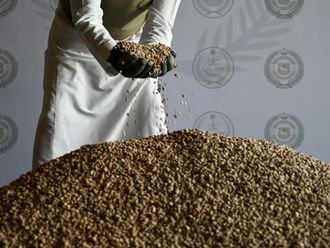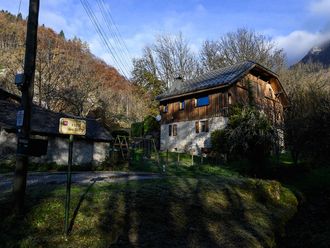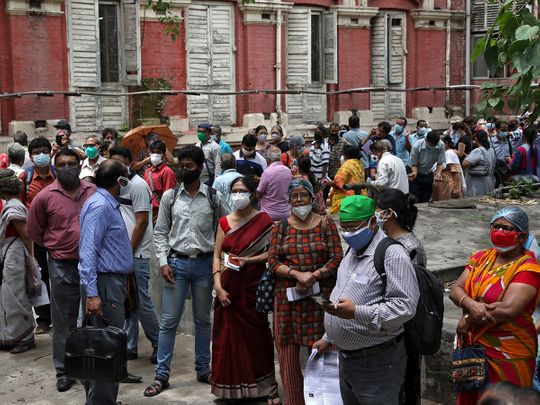
New Delhi: India began an inoculation drive for its 1.38 billion people in earnest in mid-January.
Healthcare, frontline workers and the elderly were the first eligible, followed by people aged over 45 in April and then adults aged 18-45 in May.
That last extension, covering around 43 per cent of the population, proved to be a crunch point.
Following a surge in COVID-19 infections across the country in April, Prime Minister Narendra Modi accelerated plans to broaden the programme and opened up vaccinations from May 1 for people aged between 18 and 45 years.
The decision led to a rush by people in that age group, who account for 600 million of the population, to sign up to the governments CoWIN vaccination website. Critically, there was no corresponding increase in vaccine supplies.
By June 4, India had provided at least one dose to roughly 50 million people aged between 18 and 44, representing just 8 per cent of that population group.
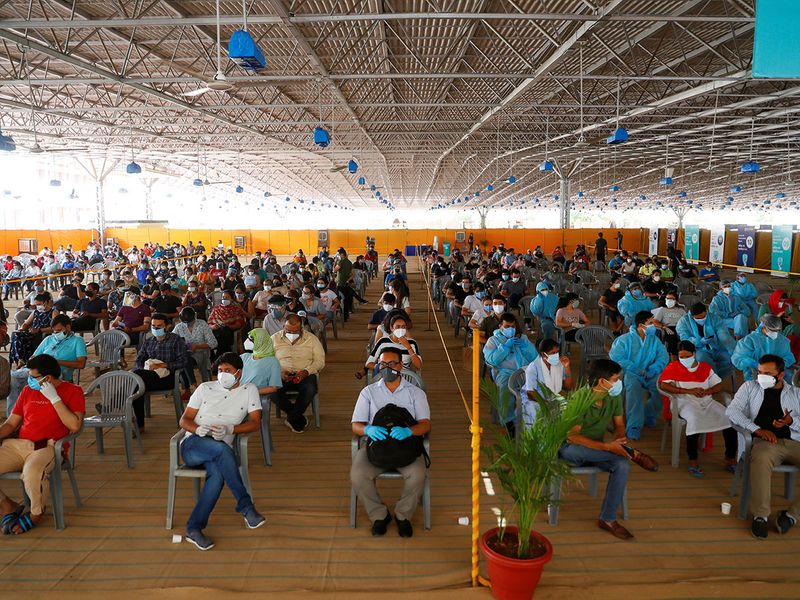
Adding to the difficulties, a privilege gap emerged in the vaccination rollout, with hospitals charging different prices for the same vaccine. Some hospitals in affluent areas have sold the Covishield shot, manufactured in India, for 1,800 rupees ($25) a dose, almost double the 950 rupees charged elsewhere.
Also, urban Indians have received shots faster than those living in the countryside. That means vaccines remain unavailable to a large part of the population that cannot afford it or has little or no access to private hospitals.
With the new cases, the COVID case tally in India reached 29,274,823.
India has been witnessing a continuous fall in the active caseload and the country's active caseload today stands at 1,121,671 with a net decrease of 46,281 cases in the last 24 hours.
The weekly positivity rate is currently at 5.14 per cent while the daily positivity rate stands at 4.49 per cent today. It has remained less than 10 per cent for 18th consecutive days now.
The Union Health Ministry informed that India's daily recoveries continue to outnumber the daily new cases for the 29th consecutive day.
As many as 134,580 recoveries were registered in the last 24 hours. India's cumulative recoveries have reached 27,790,073 today. The National Recovery Rate has grown further to touch 94.93 per cent.
With 3,403 new fatalities in the last 24 hours, the COVID death toll in the country mounted to 363,079.
According to the Indian Council of Medical Research (ICMR), as many as 37,42,42,384 samples were tested for COVID-19 so far out of which 204,4131samples were tested yesterday.
As many as 246,085,649 doses of COVID-19 vaccines have been administered across the country so far. (IANS)
Vaccine importer
India - the world's biggest producer of vaccines for polio, diphtheria and other diseases - sold or donated more than 66 million COVID-19 vaccine shots to 95 countries until the middle of April.
But as infections started rising from around mid-March in India, the clamour for vaccines at home also increased. India has now started importing vaccines and also expecting donations from the United States.
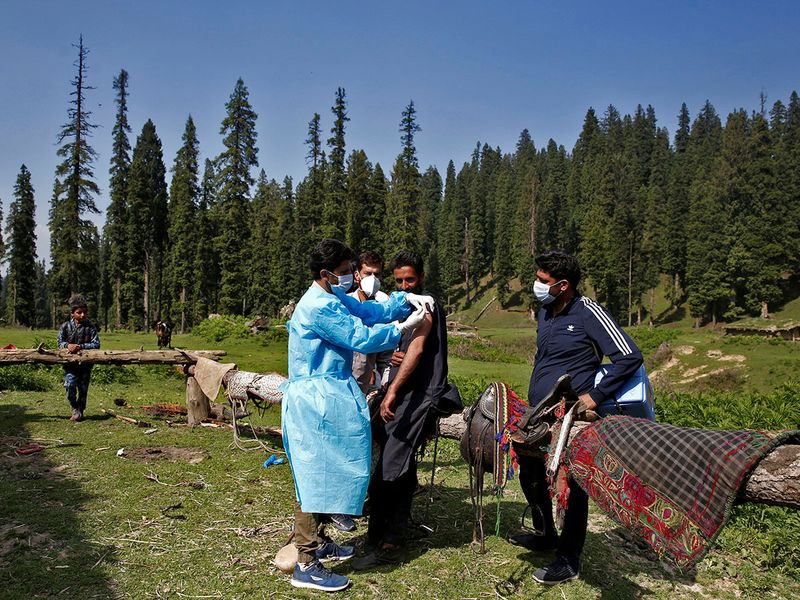
The government expects vaccine supplies to improve substantially from June. It is expecting to produce enough shots by December to inoculate all of its estimated 950 million adults, though those between 18 and 45 years will be the last on the priority list.
Several states in India have begun to gradually lift restrictions on travel and businesses, after a fall in cases in recent weeks. However, health experts have warned that cases could surge again once most states re-open, and have called for vaccinations to be sped up.
As of June 8, less than 4 per cent of India’s adult population had been given the required two vaccine doses. Nearly 14 per cent received at least one dose and, of that group, less than one-tenth of 18-45 year olds have been inoculated.



